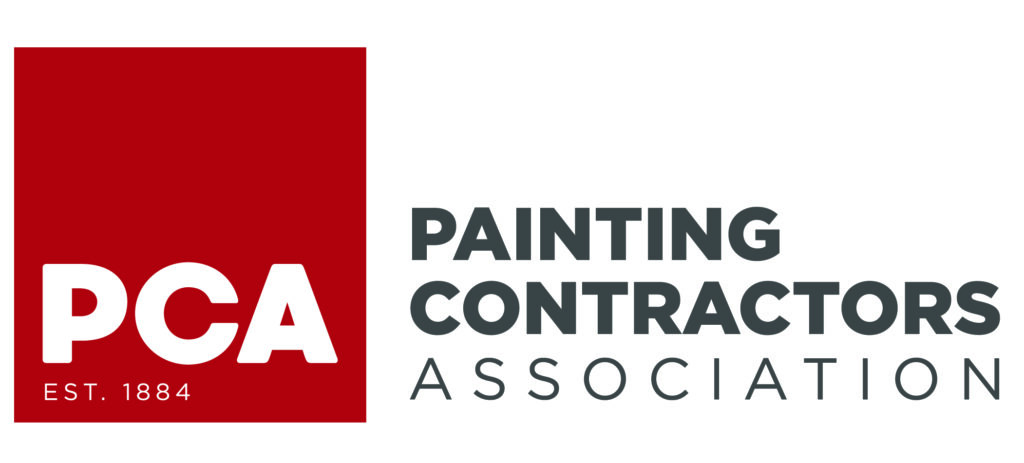Introduction: Home renovation projects can breathe new life into your living space, but they often come with hidden dangers, especially when dealing with lead paint. Lead, a toxic metal commonly used in paint until its ban in 1978, poses significant health risks if not handled properly. Disturbing lead paint during renovation can release hazardous lead dust into the air, putting you and your family at risk of lead poisoning. However, with proper precautions and safe handling techniques, you can mitigate these risks and ensure a successful renovation without compromising your health.
Understanding the Risks:
Lead exposure, particularly for young children and pregnant women, can lead to severe health issues such as developmental delays, learning disabilities, and neurological damage. Even low levels of lead exposure can have detrimental effects on health over time. When renovating older homes, it’s crucial to assume that lead paint is present, especially in structures built before 1978. The friction and impact of renovation activities like sanding, scraping, and demolition can release lead dust into the air, contaminating surfaces and exposing inhabitants to potential harm.
Preventive Measures:
Before embarking on any renovation project in an older home, it’s essential to take the following precautionary measures to ensure the safety of everyone involved:
Testing for Lead:
Prior to the renovation, test your home for lead paint using lead testing kits or by hiring a certified lead inspector. Focus on areas where paint is chipped, deteriorating, or undergoing renovation.
Containment:
Seal off doors, windows, and vents with plastic sheeting and tape within the renovation site. This will prevent lead dust from spreading to unaffected parts of the home.
Personal Protective Equipment (PPE):
Wear appropriate PPE, including disposable coveralls, gloves, goggles, and a respirator fitted with a HEPA filter, to protect yourself from lead exposure. Remove PPE carefully and dispose of it properly after each use.
Wet Methods and HEPA Vacuums:
Use wet methods such as misting surfaces with water and scraping instead of dry sanding to minimize lead dust generation. Clean up thoroughly using HEPA vacuums to capture fine lead dust particles.
Minimize Dust:
Take steps to minimize dust generation, such as using scoring tools to create clean edges for removal, avoiding power tools that generate dust, and using lead-specific cleaning products.
Safe Disposal:
Dispose of lead-contaminated materials, including paint chips and debris, in accordance with local regulations for hazardous waste disposal. Avoid sweeping or vacuuming lead dust with conventional vacuums, as this can spread contamination.
Regular Cleaning:
Implement a rigorous cleaning regimen during and after renovation to remove lead dust from surfaces. Use disposable cleaning cloths or mop heads and washable rugs to minimize the spread of lead dust.
Lead-Safe Work Practices:
To ensure compliance with safety protocols and regulations, train all workers involved in the renovation project on lead-safe work practices.
Avoid Dry Scraping and Sanding:
Dry scraping or sanding lead paint can create significant amounts of hazardous lead dust. To minimize dust production, use wet methods such as wet scraping or wet sanding.
Isolate the Work Area:
Isolate the work area from the rest of the house by closing doors and sealing off openings with plastic sheeting. This containment measure helps prevent lead dust from spreading to other parts of the home.
Keep Children and Pets Away:
During renovation work, ensure that children and pets are kept away from the work area to prevent accidental ingestion or inhalation of lead dust. Consider arranging alternative accommodation for them until the renovation is complete.
Monitor Lead Levels:
Periodically monitor lead levels in the air and on surfaces using lead test kits or by hiring a certified lead inspector. This ongoing monitoring helps ensure that lead exposure risks are effectively managed throughout the renovation process.
Proper Ventilation:
Open windows and use fans to exhaust dust-laden air outdoors to maintain adequate ventilation in the work area. However, be cautious not to create negative pressure that could draw contaminated air into other parts of the home.
Work in Small Sections:
To minimize the amount of lead dust generated at any given time, work in small sections and clean up thoroughly before moving on to the next area. This approach helps contain the spread of lead contamination and reduces exposure risks.
Dispose of Lead Waste Properly:
Dispose of lead-contaminated materials, such as paint chips, dust, and debris, in accordance with local regulations for hazardous waste disposal. Contact your local waste management authority for guidance on proper disposal methods.
Clean Up Regularly:
Implement a daily cleaning routine to remove lead dust from surfaces and floors using wet mops or disposable cleaning cloths. Pay special attention to areas where renovation work is taking place and frequently touched surfaces like doorknobs and countertops.
Monitor Your Health:
Be aware of the symptoms of lead poisoning, which can include fatigue, irritability, abdominal pain, and memory loss. If you experience any unusual symptoms during or after renovation work, seek medical attention promptly and inform your healthcare provider about potential lead exposure.
Consider Professional Lead Abatement:
For extensive renovations involving significant lead paint removal, consider hiring a certified lead abatement contractor. These professionals have the expertise and equipment to remove lead paint and mitigate lead exposure risks safely.
Conclusion
Handling lead paint during home renovation requires careful planning, attention to detail, and adherence to safety protocols. By following the recommended precautions and safe handling techniques outlined above, you can minimize the risks associated with lead exposure and ensure a safe and successful renovation project. Remember that protecting yourself and your family from lead hazards is paramount, and investing in safety measures upfront can prevent long-term health consequences down the line. With proper preparation and responsible practices, you can enjoy the benefits of a beautifully renovated home without compromising your health and well-being. For professional assistance with lead paint removal and safe renovation practices, visit Bravo Painting today.
FAQs
What are the risks associated with lead exposure during home renovation?
Lead exposure, especially for children and pregnant women, can lead to severe health issues such as developmental delays, learning disabilities, and neurological damage. Even low levels of exposure over time can have detrimental effects on health.
How can I ensure the safety of my family during a home renovation project involving lead paint?
Before starting any renovation in an older home, test for lead paint. Create a containment area within the renovation site, wear appropriate personal protective equipment (PPE), and use wet methods and HEPA vacuums to minimize lead dust generation.
How should I dispose of lead-contaminated materials safely?
Dispose of lead-contaminated materials, including paint chips and debris, following local regulations for hazardous waste disposal. Avoid sweeping or vacuuming lead dust with conventional vacuums, as this can spread contamination.
What are some lead-safe work practices I should implement during renovation?
Train all workers on lead-safe work practices, avoid dry scraping or sanding lead paint, isolate the work area from the rest of the house, and keep children and pets away from the renovation site.
How can I monitor lead levels during the renovation process?
Periodically monitor lead levels in the air and on surfaces using lead test kits or by hiring a certified lead inspector. This ongoing monitoring helps ensure that lead exposure risks are effectively managed throughout the renovation process.
What should I do if I experience symptoms of lead poisoning during or after renovation work?
Be aware of symptoms such as fatigue, irritability, abdominal pain, and memory loss. If you experience any unusual symptoms, seek medical attention promptly and inform your healthcare provider about potential lead exposure.
When should I consider hiring a professional lead abatement contractor?
For extensive renovations involving significant lead paint removal, consider hiring a certified lead abatement contractor. These professionals have the expertise and equipment to remove lead paint and mitigate lead exposure risks safely.
What are some general tips for minimizing lead exposure risks during home renovation?
Maintain proper ventilation, work in small sections to minimize dust generation, clean up regularly using wet mops or disposable cleaning cloths, and dispose of lead waste properly according to local regulations.
Where can I find more information on the safe handling of lead paint during home renovation?
For more information and resources on safely handling lead paint during home renovation, consult local health departments, environmental agencies, or organizations specializing in lead safety.
Can lead exposure occur even if the paint is not visibly deteriorating?
Yes, lead paint can still pose a risk even if it appears intact. Over time, friction from opening and closing windows or doors, as well as general wear and tear, can create lead dust. Therefore, it’s essential to take precautions regardless of the paint’s condition.
Are there any specific safety measures I should take if I suspect lead paint in my home?
If you suspect lead paint in your home, it’s crucial to take immediate action to minimize exposure risks. Implement containment measures, such as sealing off the renovation area and wearing appropriate PPE during any renovation work. Additionally, consider testing for lead to confirm its presence and take necessary steps to address it safely.
How do I know if I’m using the correct personal protective equipment (PPE) for lead paint removal?
When handling lead paint, ensure you’re using PPE designed explicitly for lead exposure. This includes disposable coveralls, gloves, goggles, and a respirator fitted with a HEPA filter. Make sure your PPE is in good condition and fits properly to provide adequate protection.
Can lead dust spread to other parts of the house during renovation?
Yes, lead dust generated during renovation activities can quickly spread to other parts of the house if proper containment measures are not in place. This is why creating a containment area within the renovation site and sealing off doors, windows, and vents is essential to prevent the spread of lead dust.



